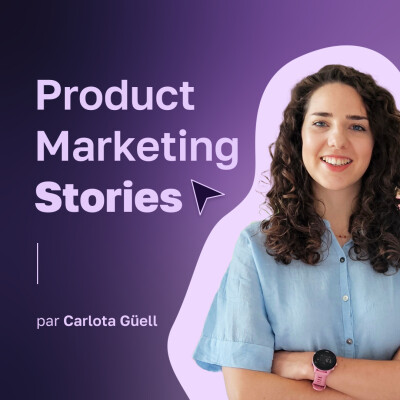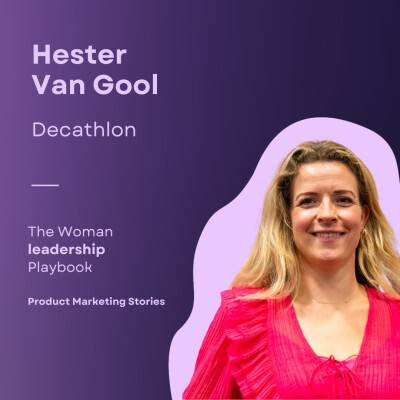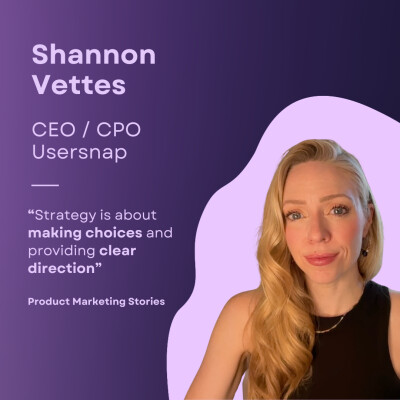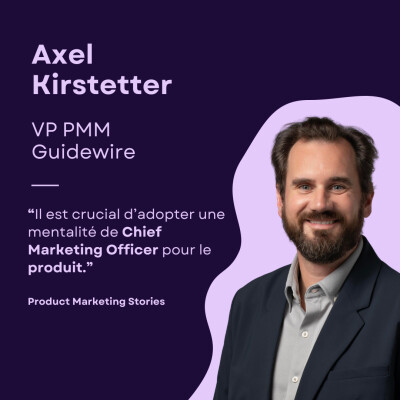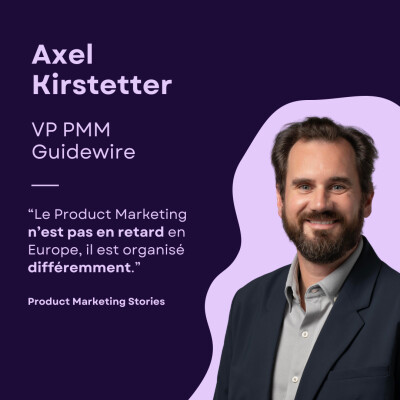Description
You can't get a successful GTM without a good product in the first place. Appunite is the product development powerhouse that embeds with your team to build apps that scale. Learn more at https://bit.ly/3FBanHZ
Maja Voje, the GOAT of Go-To-Market and author of the best-selling book Go-To-Market Strategist, breaks down the 7 Go-To-Market motions and how to choose the right one for your business.
We cover:
👉 The 7 GTM motions and what makes each of them unique.
👉 How to build systems to scale your GTM strategy efficiently.
👉 The key factors to consider when selecting the most effective motion.
👉 Why most companies struggle with GTM—and how to avoid common pitfalls.
If you want to refine your Go-To-Market approach and make it truly scalable, this episode is for you.
I hope that you enjoyed as much as me this interview, plenty of good and concrete advice.
RESSOURCES🛠️
Follow Maja
Maja’s GTM Solutions: Best-selling Book, Checklists, GTM Bootcamp: https://gtmstrategist.com
Subscribe to my newsletter here
CONTACT ME👋
Share you thoughts with me about the episode on Linkedin
Follow the Linkedin account Product Marketing Stories to stay updated.
SUPPORT THE PODCAST FOR FREE🙏
Subscribe 🔔
Leave a 5 ⭐ review on Spotify and Apple Podcasts (here).
Mention the podcast on LinkedIn and share it with everyone who wants to develop their skills in Product Marketing!
Marketing Square • Le Podcast du Marketing • Le café du market • Clef de Voûte • Lenny’s Podcast • Les podcasts du Ticket • Product Squad
Ici on parle de : Product Marketing • branding • business • communication • carrière • PMM • PM • Sales enablement • positionnement • messaging • go to market, • stratégie de lancement produit • copywriting • storytelling • inbound marketing • conseils marketing • marketing automation • marketing digital • growth marketing • persona • réseaux sociaux • stratégie • IA • freelance • audience • chatgpt • email marketing • saas tech B2B • B2C • use-cases • positioning • best practice • product management • women leadership • founding PMM • competitive intelligence • concurrence • insights • buyer persona • user journey • funnel marketing • marketing mix • design • product design • UX • UI • branding • brand strategy • GTM
Hébergé par Ausha. Visitez ausha.co/politique-de-confidentialite pour plus d'informations.
